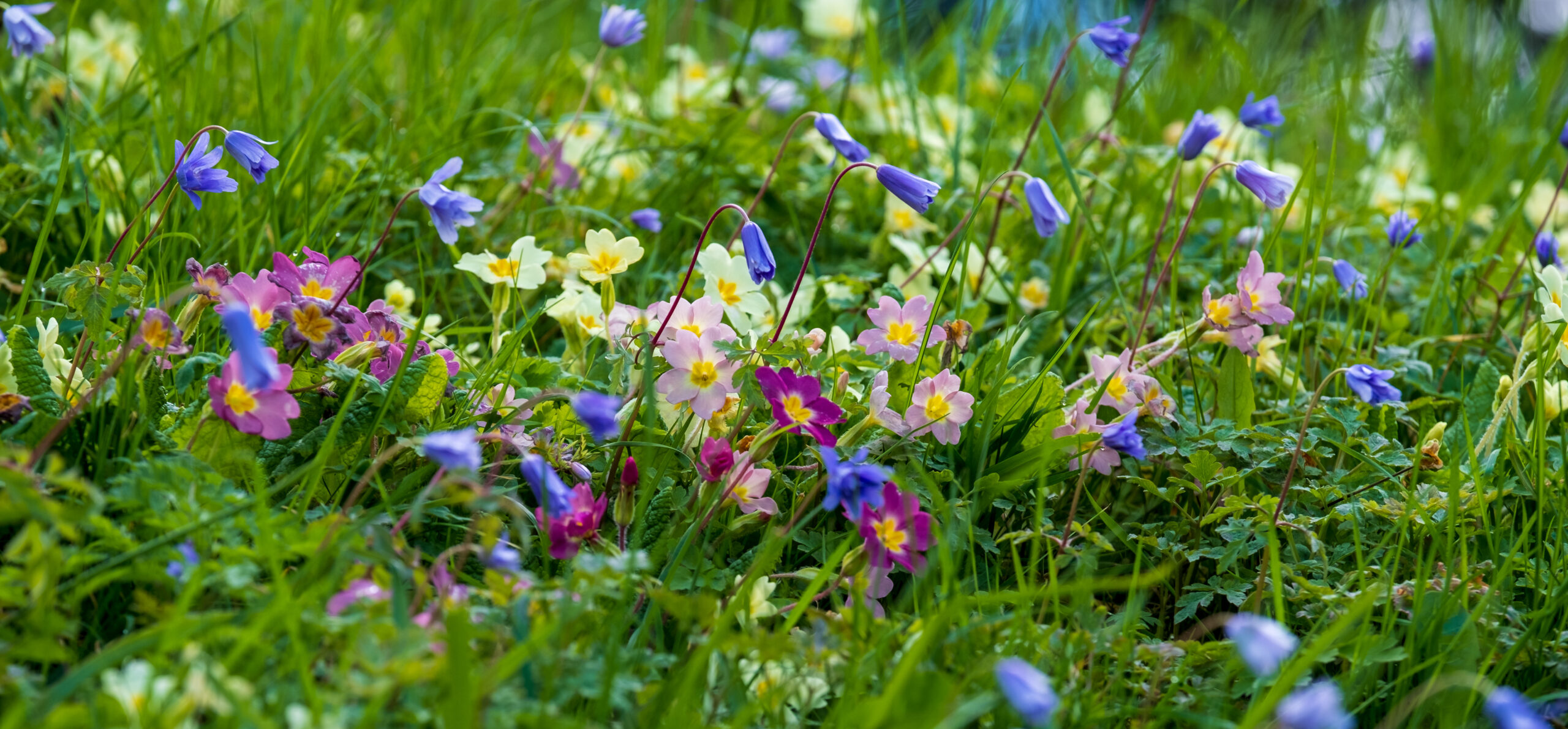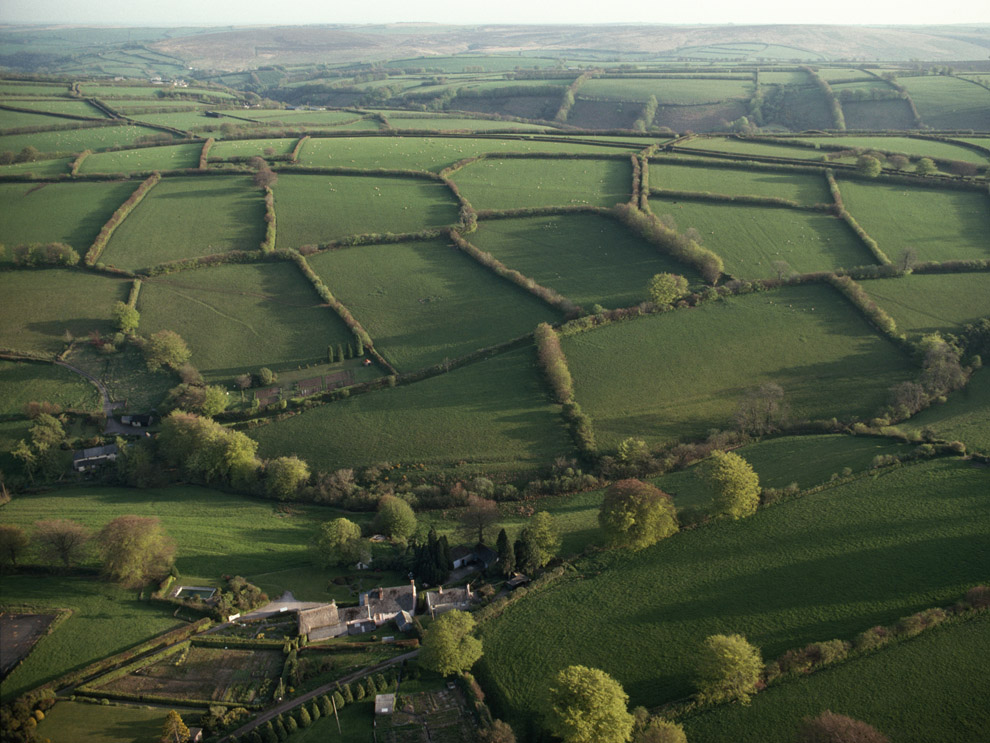Patchwork of Paradise: Exploring the Wealthy Biodiversity of UK Native Crops
Associated Articles: Patchwork of Paradise: Exploring the Wealthy Biodiversity of UK Native Crops
Introduction
With enthusiasm, let’s navigate by means of the intriguing subject associated to Patchwork of Paradise: Exploring the Wealthy Biodiversity of UK Native Crops. Let’s weave fascinating data and provide contemporary views to the readers.
Desk of Content material
Patchwork of Paradise: Exploring the Wealthy Biodiversity of UK Native Crops

The UK, regardless of its comparatively small measurement, boasts a surprisingly numerous array of native crops, a tapestry woven from centuries of ecological evolution and influenced by its distinctive geographical place and assorted climates. From the windswept cliffs of Cornwall to the rugged highlands of Scotland, from the plush meadows of the Cotswolds to the peat bogs of the Peak District, every area nurtures a novel assortment of flora, contributing to a charming patchwork of vegetation. Understanding and appreciating this biodiversity is essential, not just for its intrinsic magnificence but additionally for its important function in supporting wider ecosystems and human wellbeing.
This text delves into the fascinating world of UK native crops, exploring the important thing habitats that help them, the challenges they face, and the significance of conservation efforts to guard this invaluable pure heritage.
A Nation’s Flora: Habitats and Their Inhabitants
The UK’s numerous landscapes create a mosaic of habitats, every harbouring a definite array of plant species. These habitats, starting from the acquainted to the extra obscure, are intricately interconnected and essential for sustaining ecological stability.
-
Woodland: Historic woodlands, remnants of huge primeval forests, are biodiversity hotspots. These mature ecosystems help a wealthy understory of crops tailored to low gentle circumstances, together with bluebells ( Hyacinthoides non-scripta), wooden anemones (Anemone nemorosa), and wild garlic (Allium ursinum). Deciduous bushes like oak (Quercus robur), beech (Fagus sylvatica), and ash (Fraxinus excelsior) dominate the cover, offering habitat for a large number of different organisms. The variety inside woodland varies enormously relying on soil sort, altitude, and geographical location.
-
Grasslands: From the rolling hills of the south to the huge moorlands of the north, grasslands are essential habitats for a variety of crops. Species composition varies dramatically relying on soil circumstances and administration practices. Calcareous grasslands, discovered on chalk and limestone soils, help a wealth of specialised crops tailored to nutrient-poor circumstances, together with orchids just like the aromatic orchid (Gymnadenia conopsea) and the frequent noticed orchid (Dactylorhiza fuchsii). Acid grasslands, usually discovered on upland areas, are characterised by heather (Calluna vulgaris), bell heather (Erica cinerea), and numerous grasses. Conventional administration practices, similar to grazing and hay-making, are important for sustaining the biodiversity of those habitats.
-
Heathlands: These distinctive ecosystems, sometimes discovered on sandy or acidic soils, are dominated by low-growing shrubs, primarily heather. They help a wealthy array of specialist crops tailored to low nutrient ranges and frequent hearth occasions. Different attribute species embrace gorse (Ulex europaeus), bilberry (Vaccinium myrtillus), and numerous lichens and mosses. Heathlands are vital habitats for a spread of bugs, reptiles, and birds.
-
Coastal Habitats: The UK’s in depth shoreline supplies quite a lot of habitats, from salt marshes and mudflats to sand dunes and cliffs. Salt-tolerant crops, referred to as halophytes, thrive within the harsh circumstances of salt marshes, together with sea lavender (Limonium vulgare) and sea aster (Aster tripolium). Sand dunes help a novel flora tailored to shifting sands and wind publicity, together with marram grass (Ammophila arenaria) and sea holly (Eryngium maritimum). Coastal cliffs usually help a various vary of crops, tailored to the uncovered circumstances.
-
Wetlands and Bogs: Peat bogs and different wetland habitats are essential for biodiversity, storing carbon and offering habitat for a spread of specialist crops. Species like sphagnum moss (Sphagnum) play a significant function in peat formation, creating acidic circumstances that help a novel flora, together with sundews (Drosera) and lavatory cotton (Eriophorum angustifolium). These habitats are important for water regulation and help a various vary of wildlife.
Challenges Dealing with UK Native Crops
Regardless of their resilience, UK native crops face quite a few threats, lots of that are human-induced:
-
Habitat Loss and Fragmentation: Agricultural intensification, city sprawl, and infrastructure growth have led to important habitat loss and fragmentation, isolating populations and decreasing genetic range.
-
Invasive Species: The introduction of non-native crops can outcompete native species for assets, resulting in their decline and even extinction. Japanese knotweed (Fallopia japonica) and Himalayan balsam (Impatiens glandulifera) are prime examples of invasive species which might be inflicting important issues.
-
Local weather Change: Modifications in temperature and rainfall patterns are altering the distribution and abundance of native crops. Some species are shifting their ranges northward or to greater altitudes, whereas others are struggling to adapt to altering circumstances.
-
Air pollution: Air, water, and soil air pollution can have detrimental results on plant well being and progress. Acid rain, for instance, can harm delicate plant species.
-
Overgrazing: Extreme grazing by livestock can result in the lack of plant range, notably in grasslands and heathlands.
Conservation Efforts: Defending Our Botanical Heritage
Recognising the significance of preserving UK native crops, a spread of conservation efforts are underway:
-
Protected Areas: Nationwide parks, nature reserves, and Websites of Particular Scientific Curiosity (SSSIs) present important safety for vital plant habitats.
-
Habitat Restoration: Tasks are underway to revive degraded habitats, similar to wetlands and grasslands, to enhance biodiversity.
-
Species Restoration Programmes: Focused programmes are centered on the conservation of uncommon and endangered plant species.
-
Sustainable Land Administration: Selling sustainable agricultural practices, similar to diminished pesticide use and built-in pest administration, will help to guard plant range.
-
Public Consciousness and Training: Elevating public consciousness in regards to the significance of native crops and the threats they face is essential for uplifting motion.
The Significance of Native Crops
The conservation of UK native crops isn’t merely an aesthetic concern; it is vital for sustaining the well being and resilience of our ecosystems. Native crops:
-
Assist Biodiversity: They supply meals and habitat for a variety of animals, bugs, and fungi.
-
Enhance Soil Well being: Their roots assist to forestall soil erosion and enhance soil construction.
-
Present Ecosystem Providers: They contribute to water purification, carbon sequestration, and local weather regulation.
-
Have Cultural and Financial Worth: Many native crops have cultural significance and are utilized in conventional medication and crafts.
Conclusion:
The wealthy tapestry of UK native crops represents a significant a part of our pure heritage. Defending this biodiversity requires a multifaceted strategy involving habitat safety, sustainable land administration, and public consciousness. By understanding the challenges dealing with these crops and supporting conservation efforts, we will make sure that future generations can benefit from the magnificence and advantages of this outstanding flora. The patchwork of paradise that’s the UK’s vegetation deserves our unwavering dedication to its preservation.








Closure
Thus, we hope this text has supplied helpful insights into Patchwork of Paradise: Exploring the Wealthy Biodiversity of UK Native Crops. We thanks for taking the time to learn this text. See you in our subsequent article!